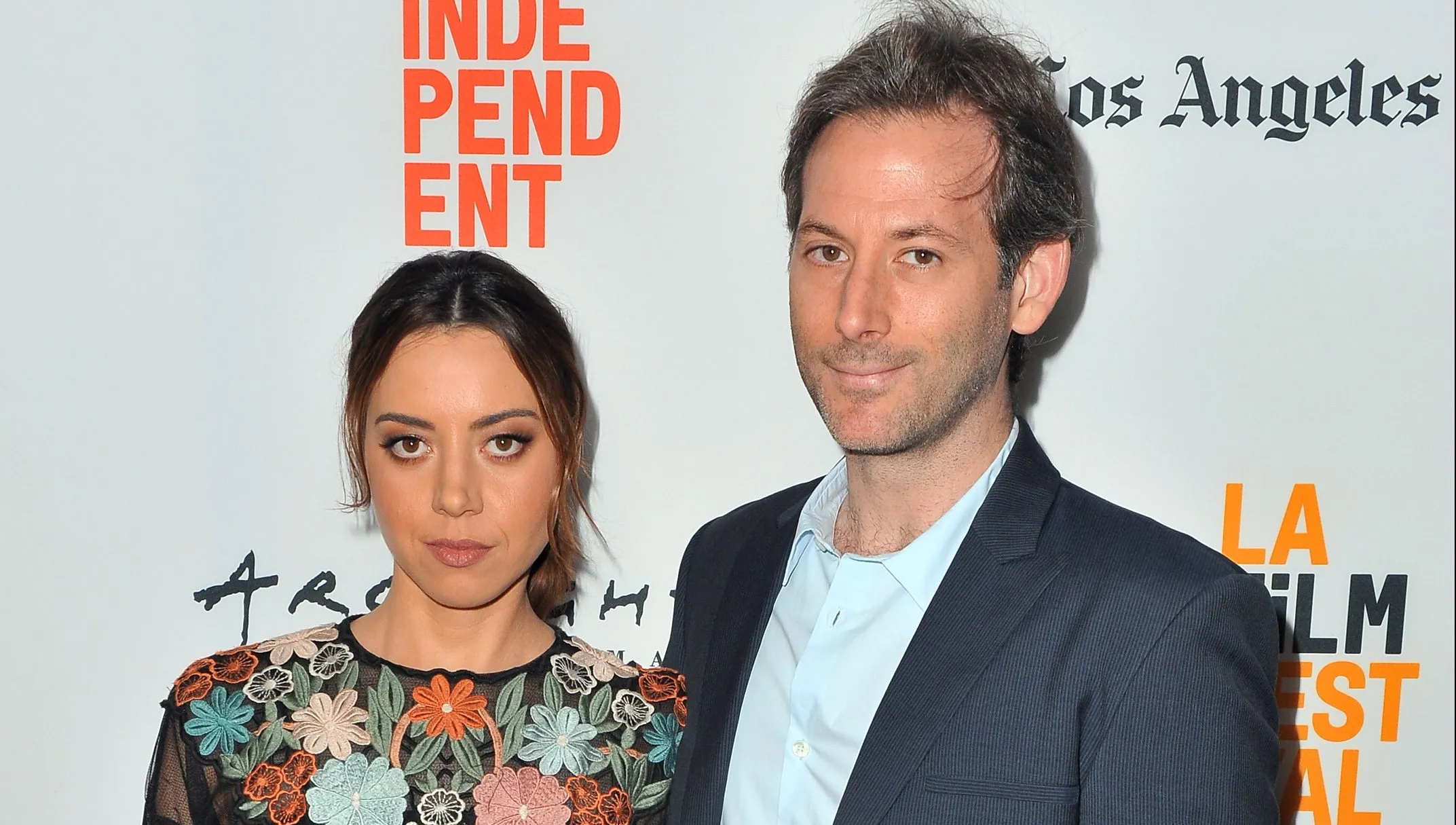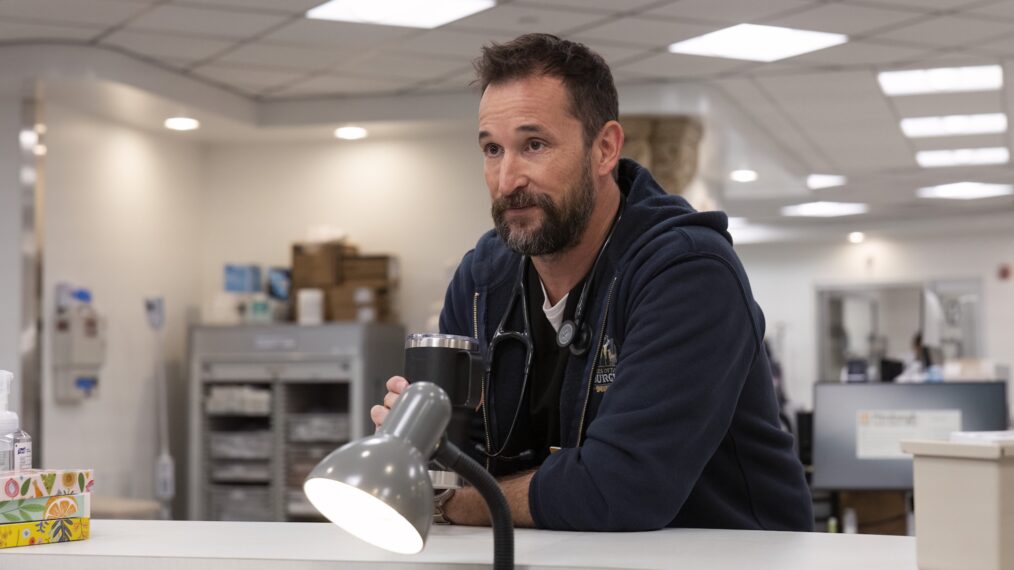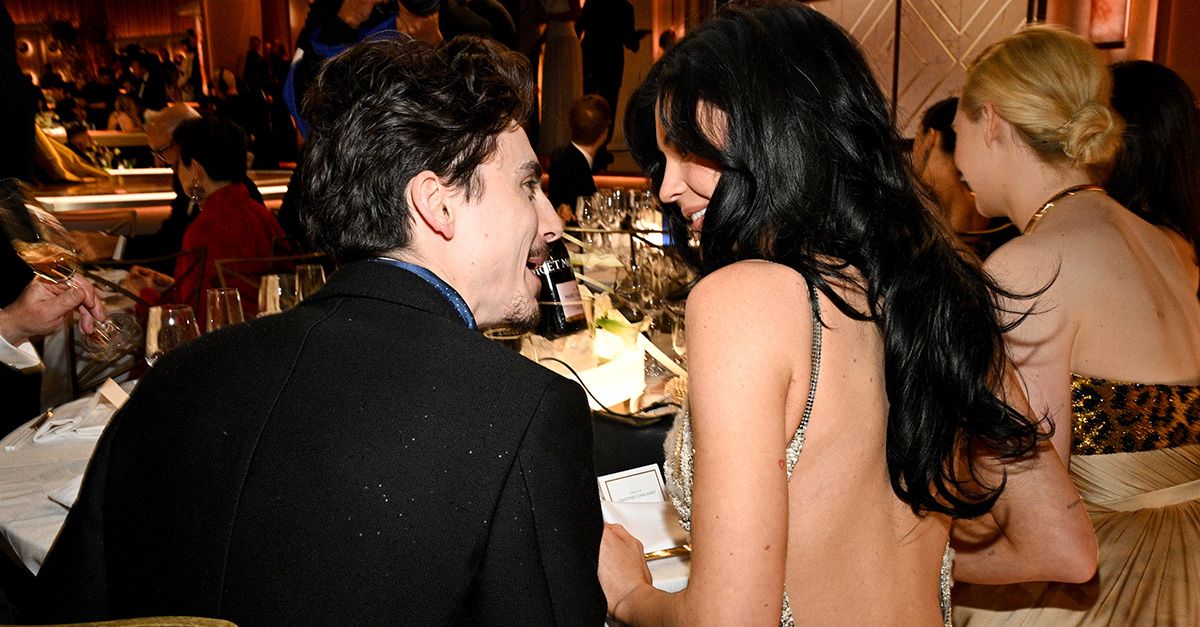Unlock the White House Watch newsletter for free
Your guide to what the 2024 US election means for Washington and the world
Prime Minister Justin Trudeau dined with Donald Trump on Friday, after the US president-elect threatened to hit Canadian imports with steep tariffs on the first day of his presidency.
The meeting at Trump’s Mar-a-Lago resort in Florida made Trudeau the first G7 world leader to visit Trump since his victory in the US presidential election this month. It followed phone calls between the two as the Canadian prime minister attempts to avert a North American trade war.
Trump’s appointee for commerce secretary, Howard Lutnick, who will have a major role in overseeing trade, his candidate for national security adviser Mike Waltz, and his pick for interior secretary Doug Burgum also attended the event, according to people familiar with matter.
The Canadian delegation, which included Trudeau’s chief of staff Katie Telford and Canada’s public safety minister Dominic LeBlanc, did not stay at Trump’s Mar-a-Lago resort, but at a different hotel in Palm Beach.
The Trump transition team did not respond to requests for comment. On his Truth Social network, Trump posted that he had an “interesting special guest” at his table.
With an interesting special guest at the Trump head table at Mar-A-Lago pic.twitter.com/SxzYp8ZrR0
— Donald J. Trump Posts From His Truth Social (@TrumpDailyPosts) November 30, 2024
Earlier in the week, Trump threatened to impose a 25 per cent tax on all goods imported from Canada and Mexico unless both countries stop what he calls an “invasion” of drugs into the US, “in particular Fentanyl”, and “all Illegal Aliens”.
On Wednesday, Canada’s government said it would bolster its border security after Trudeau met Canada’s provincial leaders to agree a united response to Trump’s threats.
The US-Canada border is the longest in the world, stretching nearly 9,000km across land and water. Security on land is light, there are few walls or fences and in places it is marked by simple stone markers along residential streets.
Blanket 25 per cent tariffs would push Canada into a recession in 2025, cause a sharp spike in inflation and force the Bank of Canada to keep rates higher next year, according to Tony Stillo, director of economics at Oxford Economics.
“Canada’s energy, auto, and other heavy manufacturing sectors would be hardest hit by the blanket US tariffs because of the high degree of cross-border trade in these industries. These sectors rely heavily on exports to the US, but also source a sizeable share of their inputs from the US, making them highly exposed to tariffs,” he said.
Canada does have leverage in the $1.3tn-a-year trading relationship, in particular through its energy sector. Canada provides 60 per cent of US crude oil imports.
Lisa Baiton, head of the Canadian Association of Petroleum Producers, said: “A 25 per cent tariff on oil and natural gas would likely result in lower production in Canada and higher gasoline and energy costs to American consumers.”
Alberta Premier Danielle Smith posted on X that the primary topic of discussion between Trump and Trudeau was oil and gas pipelines.
“It once again demonstrates that the path to a strong security and economic relationship with the US is directly tied to our nation’s commitment to providing the US with the oil and gas it requires to achieve its energy security and affordability goals,” she said.
Smith urged PM Trudeau to scrap Canada’s carbon emission targets and “commence work on additional pipeline infrastructure” between Canada and the US.
It is not the first time Trudeau has faced Trump’s “America First” trade policy. In 2017 the then-president insisted on renegotiating the two-decade old North American Free Trade Agreement, which he described as a “disaster” that, along with China, had hollowed out the US manufacturing sector.
During his previous term in office Trump also chided Trudeau over Canada’s spending on defence, which was below Nato’s 2 per cent target. Canada is increasing its defence budget but Trudeau told a Nato summit in July that the target would not be reached until 2032.



















![Mandy Patinkin as [Spoiler], What’s Next for Oliver and Josh in Season 2 (Exclusive) Mandy Patinkin as [Spoiler], What’s Next for Oliver and Josh in Season 2 (Exclusive)](https://www.tvinsider.com/wp-content/uploads/2025/01/brilliant-minds-113-oliver-mandy-patinkin-1014x570.jpg)
![Brilliant Minds Season 1 Finale Review: [Spoiler’s] Return Throws Oliver’s World Out of Control Brilliant Minds Season 1 Finale Review: [Spoiler’s] Return Throws Oliver’s World Out of Control](https://cdn.tvfanatic.com/uploads/2025/01/Rushing-to-Save-the-Apartment-Victims-Brilliant-Minds-Season-1-Episode-12.jpg)














































![The ‘Waco’ Finale Was Dictated by Its Male Survivors [Murder Made Fiction Podcast] The ‘Waco’ Finale Was Dictated by Its Male Survivors [Murder Made Fiction Podcast]](https://i0.wp.com/bloody-disgusting.com/wp-content/uploads/2024/11/Waco.jpeg?resize=1000%2C600&ssl=1)










